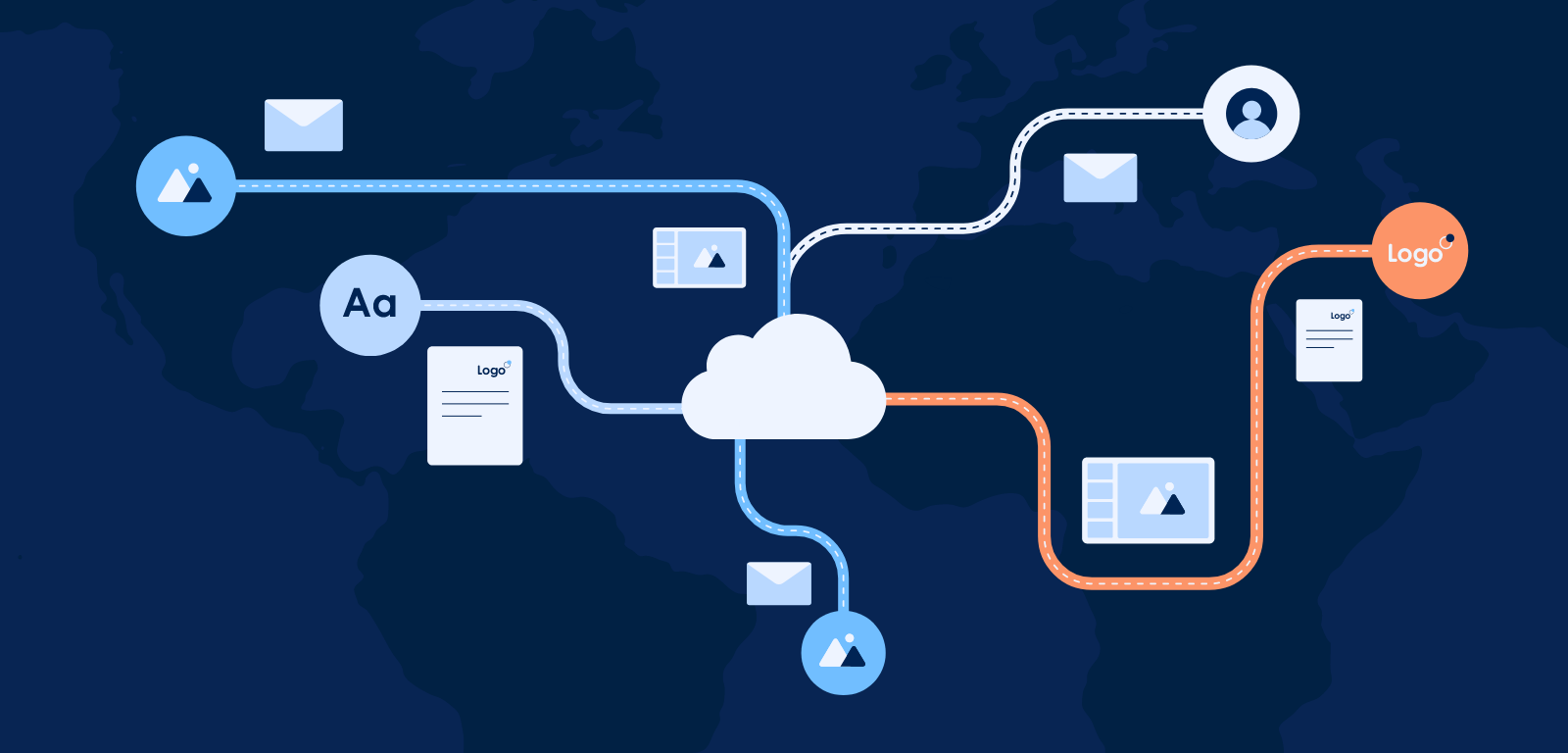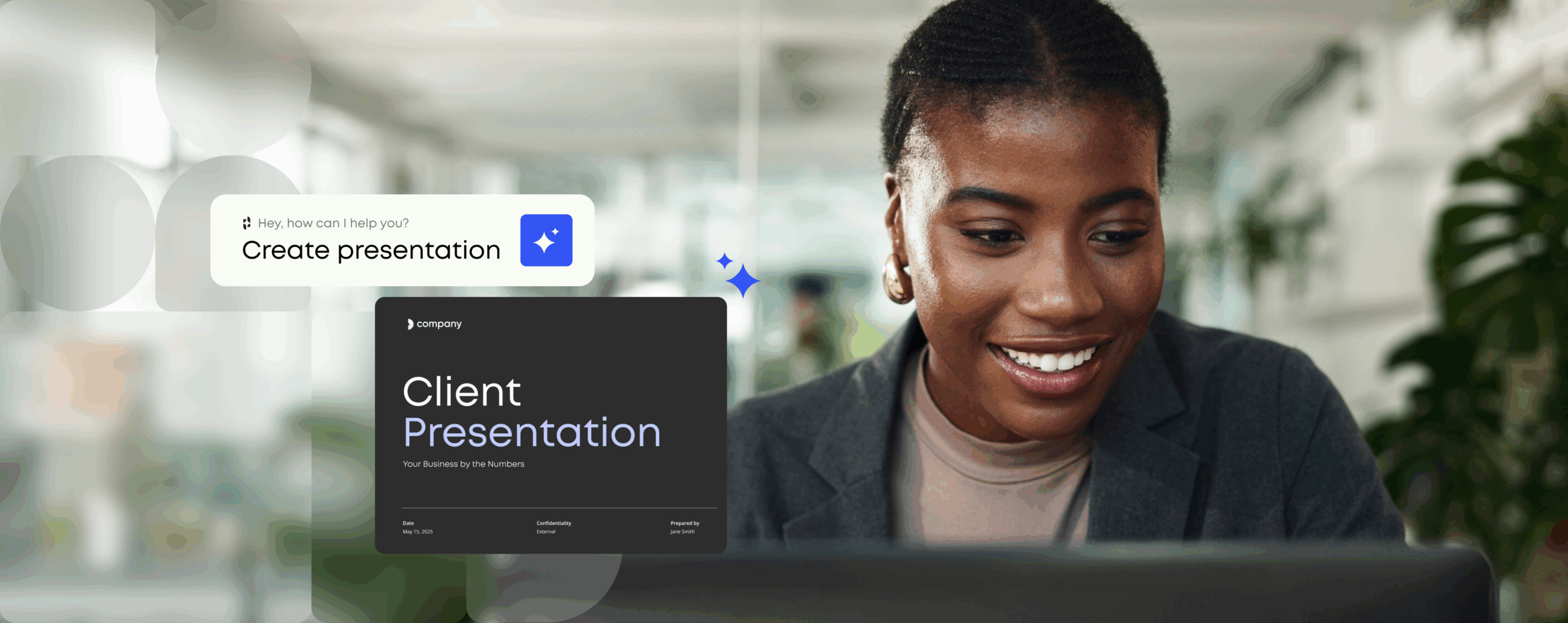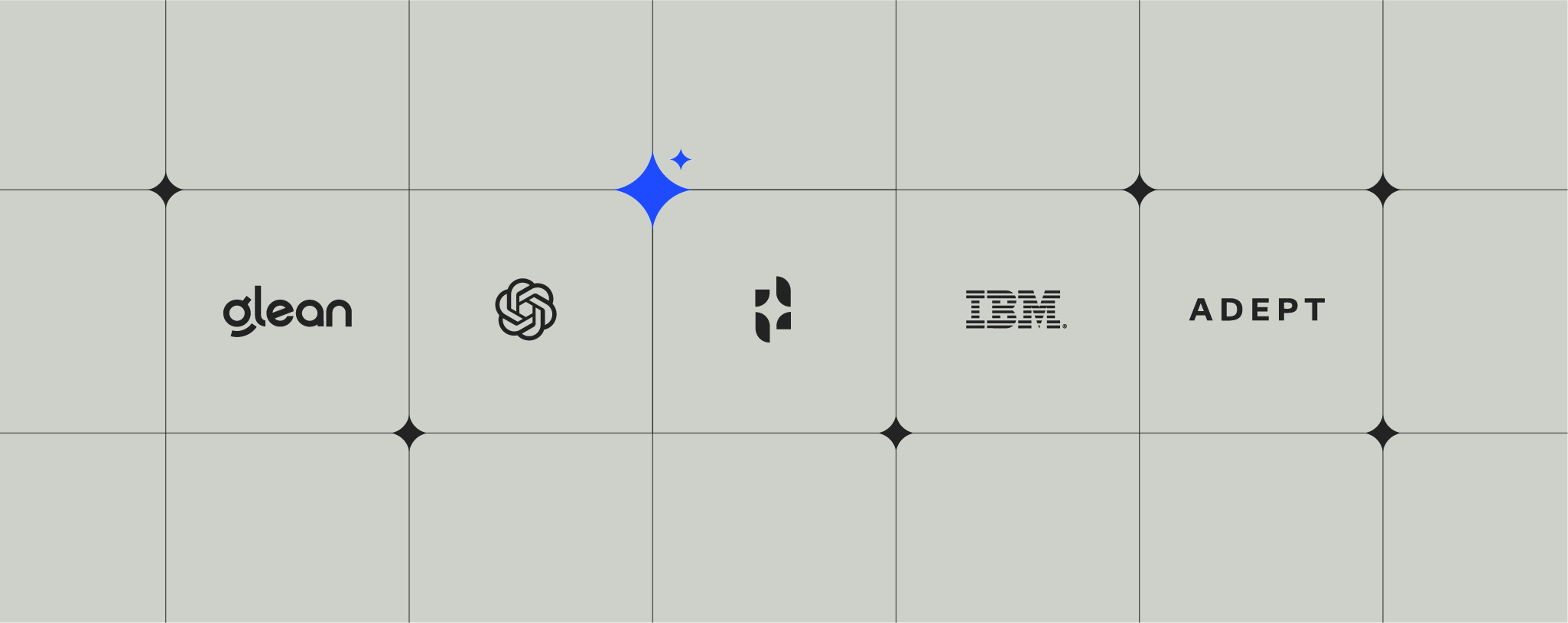How to plan for a painless rebrand

If you’ve ever managed a company-wide rebrand, chances are you’re not eager to repeat the process.
It’s a laborious exercise: from generating the consensus needed for a creative overhaul, to closely examining each branded asset, to compiling a brand bible, to deploying and justifying the final result, both externally and internally.
But, sad to say, this is where the real work is just beginning.
Because as any experienced brand expert will tell you — the challenge is not launching a new brand. It’s maintaining that new brand.
Luckily, technology can help ease a lot of the pain associated with rolling out and preserving a new brand. By centralizing assets in one cloud-based content enablement solution, companies of all sizes can achieve brand unity.
Branding and the scars it leaves behind
Companies today — especially digital-first companies with recognizable brand images — have a real fear around rolling out a new brand.
That’s a shame, since 71% of consumers said it was important that they recognize a brand before they make a purchase, yet 31% felt that more brands should consider renovating their image.
The problem, however, is not one of creative vision or intention. In fact, 54% of global survey respondents recognized that a rebrand would benefit company growth, however, 54% put it off due to lack of resources to accomplish it.
The resources in question may not be the ones you first think of. Of course branding specialists, researchers, designers, copywriters, and developers are an integral part of a rebranding process.
But the real resource-heavy phase is what comes after launching the new brand. The maintenance phase — as any dieter will tell you — is the real hard work.
How do you tell everyone within a company that the assets they’ve been using previously are now off-brand? How do you ensure that every new piece of business content — from emails to presentations to contracts — adheres to the new brand guidelines?
This is where the proper content enablement technology becomes essential.
How one company solved the rebranding puzzle
PARK NOW, which runs one of the world’s largest networks of parking management services, operates four unique brands. When the company was acquired, it undertook an ambitious rebranding exercise to both reflect its new status and to address its previous challenges in consistent brand presentation.
PARK NOW’s branding team had been receiving frequent requests to send branded assets, with employees complaining that they didn’t know where to find the materials they needed. To solve that issue once and for all, they adopted a centralized asset management system which included automated integrations with the programs they use most frequently, like PowerPoint and Word.
Now everyone in the company knows where to find what they need and the branding team no longer has to answer endless queries.
“It’s a win-win,” said Loes Meys, Head of Marketing Operations at PARK Now. “We can easily enforce our brand guidelines, while all employees have easy access to fantastic templates, charts, models and processes, images and other visualizations whilst keeping to the correct brand colors and identity.”
Ensure the ROI of your rebrand
Doing a full rebrand can have massive benefits, but it’s important that you have a plan in place to ensure the long term ROI of that exercise.
If your employees are not equipped to present a unified picture of the new brand — without sacrificing productivity or efficiency in their daily workflow — then you’re going to lose out on the intended positive impact of your new brand.
By some accounts, a company’s branding equates to 19% of the market value of that organization, so it’s worth investing in a system that protects and unifies your brand.
Whether this is your first time or your fiftieth going through a rebranding process, it’s always a good idea to ensure that your work is powered and protected by a platform that makes it easier to stay on-brand than anything else.
If you would like to learn more about Templafy’s solution for brand departments, visit our dedicated brand department page here or get in touch to ask about solutions for issues specific to your company’s brand.
* Templafy research: an online survey of adult full-time employees in the United States, United Kingdom, Germany and Australia was conducted between December 2021 and January 2022. The maximum margin of sampling error was +/- 4 percentage points with a 95 percent level of confidence.



